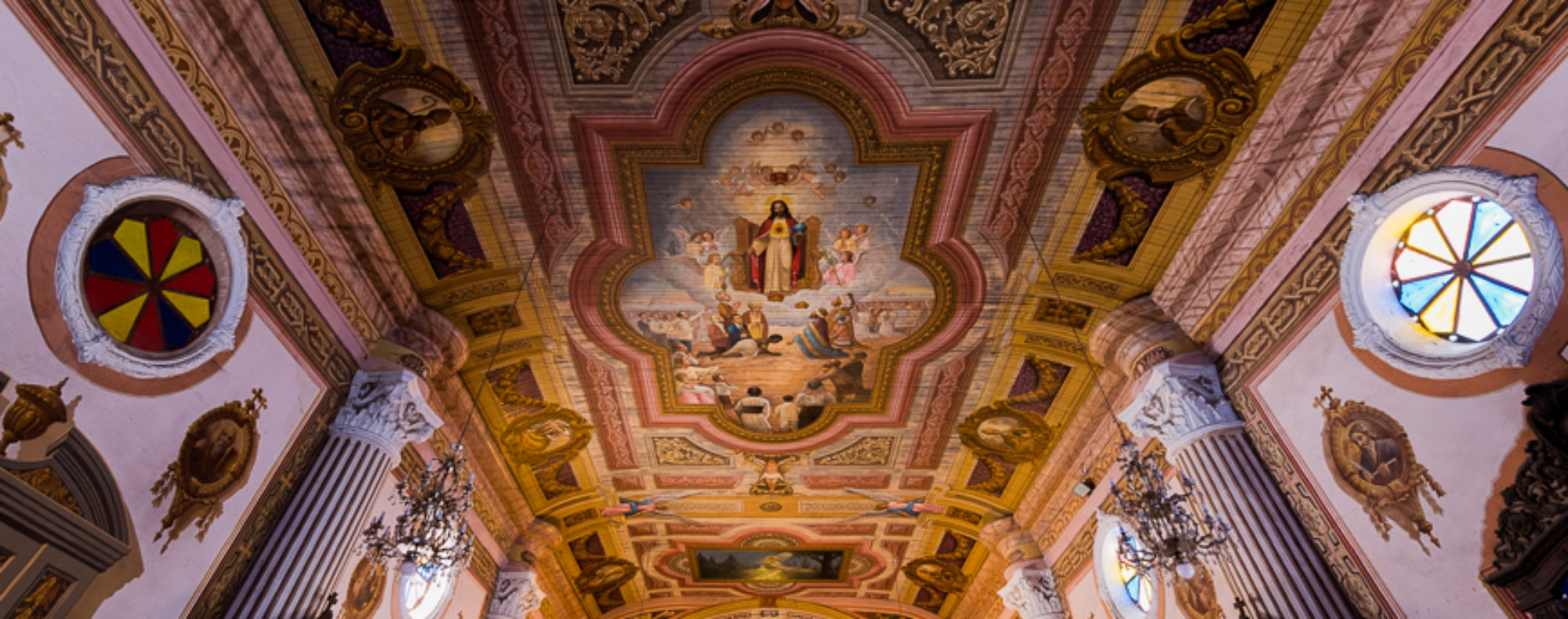In a world where sustainable practices and eco-friendly solutions are becoming increasingly important, McDonald’s has taken a bold step towards a greener future with the opening of their new store in Porac Pampanga. Embracing the concept of “Green-good Green building solutions,” this innovative restaurant incorporates various environmentally-friendly features such as concrete fiber, high-performance glass film, solar rooftops, and solar lampposts. Let’s take a closer look at these remarkable elements that make McDonald’s Porac Pampanga a beacon of sustainability in the fast food industry.
- Concrete Fiber: One of the key components of McDonald’s green building solution in Porac Pampanga is the use of concrete fiber. This material offers several advantages over traditional concrete. By incorporating synthetic fibers into the concrete mixture, the building achieves enhanced durability, increased resistance to cracking, and improved load-bearing capacity. Additionally, concrete fiber reduces the need for steel reinforcement, thus reducing the carbon footprint associated with its production. McDonald’s commitment to sustainable construction materials is evident in their choice of concrete fiber, which not only ensures the longevity of the building but also contributes to a greener environment.
- High-Performance Glass Film: Another notable feature of McDonald’s Porac Pampanga store is the incorporation of high-performance glass film. This advanced technology helps to regulate the internal temperature of the building by reducing heat gain from sunlight. By minimizing the amount of heat entering the store, energy consumption for air conditioning is significantly reduced. The high-performance glass film also prevents harmful UV rays from penetrating, ensuring a comfortable and safe environment for customers and employees alike. By investing in energy-efficient glass film, McDonald’s demonstrates its commitment to reducing greenhouse gas emissions and promoting sustainable practices.
- Solar Rooftop: Atop the McDonald’s Porac Pampanga store, you’ll find a state-of-the-art solar rooftop system. Harnessing the power of the sun, this installation generates clean and renewable energy to power various aspects of the restaurant’s operations. The solar panels convert sunlight into electricity, significantly reducing the reliance on conventional energy sources. By adopting solar energy, McDonald’s Porac Pampanga reduces its carbon footprint, mitigates the impact of climate change, and sets an inspiring example for other businesses in the region.
- Solar Lampposts: McDonald’s commitment to sustainability extends beyond the confines of the restaurant itself. The outdoor area of the Porac Pampanga store features solar lampposts that provide illumination while being powered by renewable energy. These solar-powered lights utilize energy captured during the day, storing it in batteries for use during the night. By implementing solar lampposts, McDonald’s contributes to a greener and more energy-efficient community, reducing reliance on traditional power grids and minimizing carbon emissions associated with conventional street lighting.
Conclusion: The McDonald’s store in Porac Pampanga serves as a shining example of sustainable practices within the fast-food industry. Through the incorporation of concrete fiber, high-performance glass film, solar rooftops, and solar lampposts, McDonald’s demonstrates its commitment to environmental responsibility and reducing its ecological footprint. This green building solution not only benefits the company but also inspires customers, employees, and other businesses to embrace sustainable practices in their own operations. As we move towards a more sustainable future, McDonald’s Porac Pampanga stands as a beacon of environmental consciousness, paving the way for a greener and more sustainable world.

